Home>Interior Design>Small Bedroom Layout Ideas: 12 Ways To Arrange Your Space
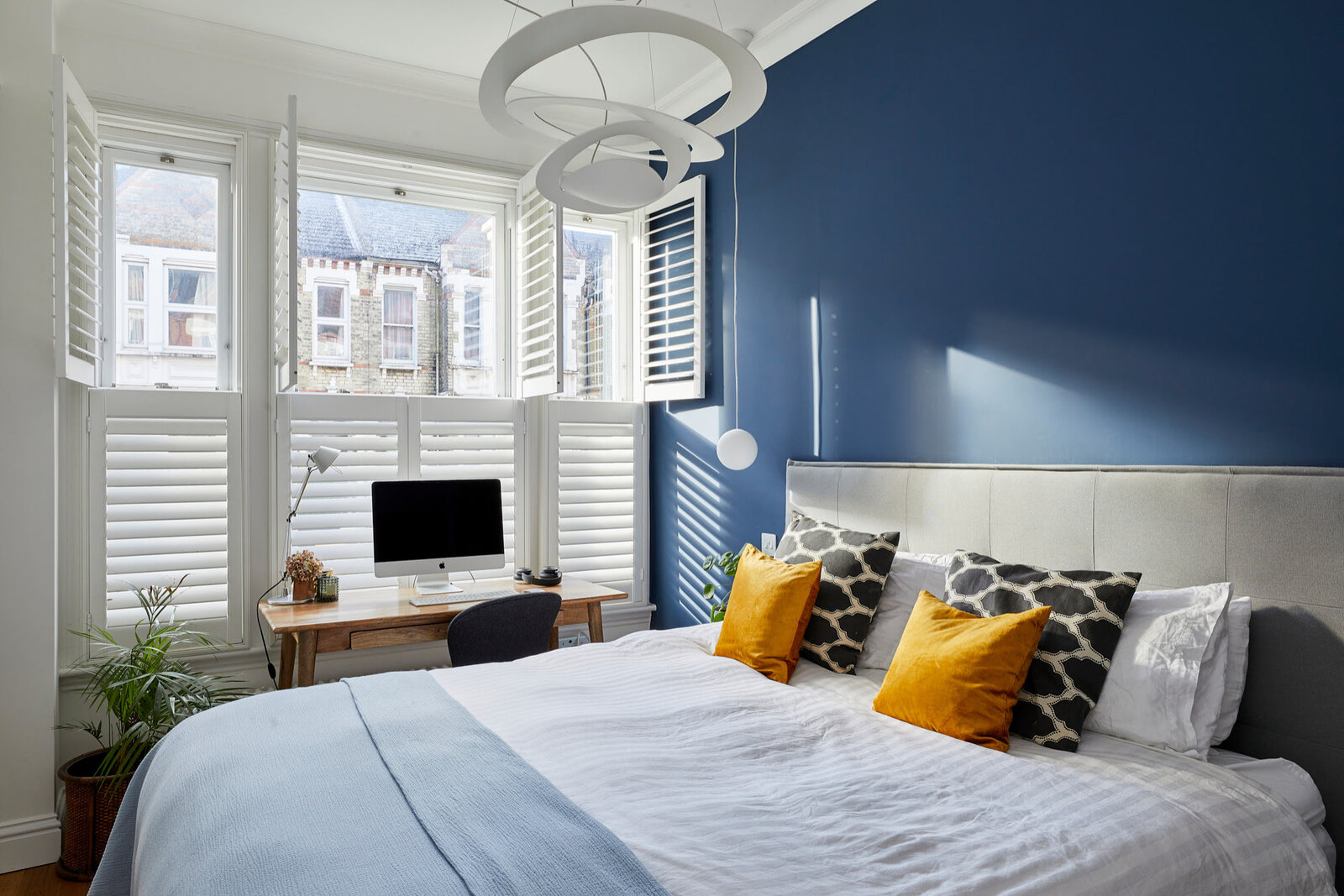

Interior Design
Small Bedroom Layout Ideas: 12 Ways To Arrange Your Space
Modified: January 6, 2024
Discover innovative interior design ideas to maximize your small bedroom space with 12 effective layout arrangements. Transform your room into a stylish and organized oasis.
(Many of the links in this article redirect to a specific reviewed product. Your purchase of these products through affiliate links helps to generate commission for Storables.com, at no extra cost. Learn more)
Introduction
Welcome to our comprehensive guide to maximizing the potential of small bedrooms through effective layout ideas. We understand that designing a small bedroom can be a challenging task, but with the right strategies and creative thinking, you can transform even the tiniest of spaces into a stylish and functional oasis.
A well-designed small bedroom can not only provide a cozy retreat but also make the most of the available space, ensuring you have ample storage, comfortable sleeping arrangements, and a visually pleasing environment. Whether you’re dealing with a compact urban apartment or simply have limited square footage to work with, these small bedroom layout ideas will help you make the most of what you have.
From clever furniture placement to utilizing vertical space, let’s explore 12 practical and inspiring ways to arrange your small bedroom for optimal functionality and aesthetic appeal. Let’s dive in!
Key Takeaways:
- Maximize small bedroom space with strategic bed placement, mirrors for illusion of space, and vertical storage solutions. Embrace minimalism for a serene and clutter-free environment.
- Create a cozy corner, utilize multipurpose furniture, and prioritize organization for a functional and stylish small bedroom layout. Incorporate lighting techniques and thoughtful color choices for a visually appealing space.
Bed Placement
The first and most crucial element to consider when arranging a small bedroom is the placement of your bed. As the centerpiece of the space, the bed should be positioned in a way that maximizes floor space and allows for easy movement around the room.
One effective strategy is to place the bed against a wall, preferably opposite the entrance, to create a focal point and establish a sense of balance. This not only creates a visually pleasing arrangement but also leaves space for other essential elements like bedside tables or storage units.
If your bedroom is narrow, placing the bed along the longest wall can elongate the space and make it appear more spacious. Alternatively, for a square-shaped room, try positioning the bed diagonally in a corner to create a unique and dynamic layout.
Another innovative approach is to invest in a loft or raised bed. By elevating the bed, you can free up valuable floor space underneath, which can be utilized for a desk, seating area, or additional storage.
Remember to consider the size of your bed in relation to the room. Opting for a smaller-sized bed or a space-saving option like a daybed or a murphy bed can significantly impact the overall layout and functionality of your small bedroom.
Lastly, consider the placement of windows and natural light. Placing the bed in proximity to a window not only allows for good ventilation but also offers a pleasant view and natural light during the day.
By strategically arranging your bed, you can set the foundation for a well-designed and functional small bedroom layout.
Use of Mirrors
Mirrors are an excellent tool for creating the illusion of space in a small bedroom. They reflect light and visually expand the room, making it feel more open and airy. Incorporating mirrors into your bedroom layout can transform even the most cramped quarters into a more spacious and inviting environment.
One of the simplest ways to utilize mirrors is by placing a full-length mirror on one of the walls. This not only serves its functional purpose but also creates the illusion of an extended wall, adding depth to the room. You can also experiment with different mirror shapes and styles to enhance the overall aesthetic appeal of your bedroom.
Another effective technique is to use mirrored furniture. Nightstands, dressers, or even wardrobe doors with mirrored surfaces can reflect light and create a sense of openness in the space. This trick not only adds a touch of glamour to your bedroom but also helps in maximizing the available light.
If you have limited wall space for a large mirror, consider hanging a set of smaller mirrors in a gallery-style arrangement. This not only adds visual interest but also creates the illusion of more open space.
Strategic placement of mirrors is also essential. Consider positioning a mirror opposite a window to capture and reflect natural light throughout the room. Placing mirrors near artificial light sources, such as lamps or pendant lights, can maximize their impact and make the room feel brighter.
Remember, the key to effectively using mirrors in a small bedroom is to find the right balance. Opt for reflective surfaces that complement the overall design aesthetic and avoid overdoing it, as too many mirrors can create a cluttered and chaotic look.
By incorporating mirrors into your small bedroom layout, you can create the illusion of a more spacious and open environment, enhancing both the visual appeal and functionality of the space.
Utilizing Vertical Space
When working with a small bedroom, it’s essential to think vertically to maximize the use of space. By making use of the vertical dimension of the room, you can significantly increase storage options and create a visually interesting and functional layout.
One way to utilize vertical space is by incorporating tall, freestanding shelving units or bookcases. These provide ample storage for books, display items, and other personal belongings while drawing the eye upward, creating the illusion of a higher ceiling. Be sure to secure the furniture to the wall for safety and stability.
Wall-mounted shelves are another excellent option for maximizing vertical space. Install them above the bed or along a wall to store and display items without taking up floor space. This not only adds storage capacity but also adds visual interest to the room.
Take advantage of the area above doorways and windows. Install floating shelves or small cabinets in these spaces to store items that are not frequently used. By utilizing these often-forgotten areas, you can free up valuable space in the rest of the room.
Consider incorporating a vertical dresser or chest of drawers. These taller pieces of furniture provide ample storage for clothing and other essentials while taking up minimal floor space. Look for pieces with a narrow footprint to maximize storage without sacrificing room layout.
Another clever trick is to install a wall-mounted desk or folding table. This allows you to have a functional workspace without taking up valuable floor space. When not in use, simply fold it up and tuck it away, creating a clutter-free environment.
Don’t forget about the potential of the bedroom door itself. Install hooks or an over-the-door organizer to hang items such as bags, scarves, or jewelry. This simple addition can help keep the space tidy and free up storage in other areas.
By looking up and utilizing vertical space, you can optimize storage capacity and create a visually appealing small bedroom layout. Think creatively and explore different options to capitalize on every inch of available space.
Furniture Placement
Proper furniture placement is crucial when designing a small bedroom. It’s essential to choose pieces that are appropriately sized and strategically placed to maximize both functionality and flow within the space.
Start by considering the essentials – bed, nightstands, and storage units. Choose a bed that fits comfortably within the room without overpowering it. Opt for a platform or storage bed that offers additional under-bed storage for linens, clothing, or other items.
When it comes to nightstands, select designs that are compact and offer storage. Wall-mounted shelves or floating nightstands are great options that save space and provide a surface for essentials like a lamp or alarm clock.
For storage units such as dressers or wardrobes, choose pieces that have a smaller footprint but still offer ample storage capacity. Consider vertical dressers or narrow wardrobes that don’t take up too much floor space but provide plenty of room to store clothing and accessories.
Once you have your essential pieces in place, consider the flow of the room. Avoid blocking pathways or making the space feel cramped with too much furniture. Leave enough room to move around comfortably, ensuring that drawers and doors can open fully without obstruction.
If space allows, consider adding a seating area to your small bedroom layout. This can be achieved with a small loveseat, accent chair, or even a cozy reading nook with a comfortable armchair and ottoman. Just be sure to select appropriately sized furniture that fits seamlessly into the available space.
Remember, less is more when it comes to furnishing a small bedroom. Avoid overcrowding the room with unnecessary pieces that only take up valuable space. Opt for furniture with streamlined designs and multifunctional features to make the most of your limited square footage.
By carefully planning the placement of furniture in your small bedroom, you can create a functional and visually appealing layout that utilizes space efficiently without compromising on style and comfort.
Storage Solutions
Storage is a key consideration when it comes to small bedroom layouts. The challenge is finding innovative and efficient ways to maximize storage space without compromising on the aesthetic appeal of the room. Here are some creative storage solutions to help you keep your small bedroom organized and clutter-free.
One effective storage solution is utilizing the space under the bed. Invest in bed frames or platforms with built-in drawers, or use under-bed storage containers to keep items like extra bedding, seasonal clothing, or shoes neatly tucked away. This is an excellent way to utilize the often-overlooked space while keeping your bedroom tidy.
Optimize closet space by using hanging organizers or cascading hangers to make the most of vertical space. Use baskets and bins to group and separate items, making it easier to find what you need. Consider adding additional shelves or installing a customizable closet organization system to maximize storage capacity.
Make use of wall space by installing hooks or pegboards to hang bags, belts, or accessories. This not only keeps items organized but also adds a decorative element to the room. In addition, wall-mounted shelves or floating shelves can provide extra storage for books, decorations, or folded clothing.
Utilize the space above your wardrobe or closet by installing a high shelf. This area can be used to store items that are not frequently accessed, such as luggage or seasonal decorations. Just make sure to use proper storage containers or bins to keep things organized and protected.
Consider multi-purpose furniture with hidden storage compartments, such as ottomans or benches with lift-up lids. These pieces provide additional seating while also serving as a place to store extra blankets, pillows, or other items.
Think vertically when it comes to storage. Install floating shelves or wall-mounted cabinets to make use of vertical wall space. This is an excellent option for displaying decorative items or storing books, while also keeping the floor clear and creating a visually appealing aesthetic.
Lastly, embrace the concept of decluttering. Regularly assess your belongings and eliminate items that you no longer need or use. By keeping only the essentials, you can reduce the need for excessive storage solutions and create a more streamlined and organized small bedroom.
By implementing these storage solutions, you can make the most out of your small bedroom layout, ensuring that everything has its place and keeping your space elegant and clutter-free.
Lighting Techniques
Lighting plays a crucial role in setting the mood and ambiance of a small bedroom. With the right lighting techniques, you can make the space feel more open, inviting, and comfortable. Here are some tips to optimize lighting in your small bedroom layout.
Start by maximizing natural light. Keep window treatments minimal to allow as much light as possible to enter the room. Use sheer curtains or blinds that can be easily opened during the day to let in sunlight. Position your bed and other furniture away from the windows to avoid obstructing natural light flow.
In addition to natural light, incorporate multiple layers of artificial lighting to create a well-lit and versatile space. Start with general or overhead lighting, such as recessed lights or a central ceiling fixture, to provide overall illumination. Make sure to choose fixtures that are proportionate to the size of the room to avoid overwhelming the space.
Next, incorporate task lighting in key areas where you need focused light. Place bedside lamps or wall-mounted sconces near the bed for reading or nighttime activities. If you have a desk or workspace in your bedroom, provide adequate lighting with a desk lamp or adjustable spotlight.
Consider using accent lighting to highlight specific features or create a cozy ambiance. Install wall-mounted spotlights to showcase artwork or architectural elements. Use LED strip lights under shelves or behind headboards to add a soft and warm glow to the room.
Dimmer switches are a fantastic addition to your small bedroom lighting. They allow you to adjust the brightness according to your needs and create a more intimate and relaxing atmosphere when desired. Dimming the lights can also help to create a sense of depth and make the space feel larger.
Don’t forget to think about the color temperature of your light bulbs. Opt for cooler, daylight bulbs for task-oriented areas like your workspace, while choosing warmer, soft white bulbs for a cozy and relaxed feel in the rest of the room. This will help to create a balanced and inviting atmosphere.
Lastly, make sure to layer your lighting sources. Using a combination of ambient, task, and accent lighting creates depth and dimension in the room. Experiment with different lighting fixtures and positions to find the perfect combination that suits your small bedroom layout.
By implementing these lighting techniques, you can enhance the mood, functionality, and visual appeal of your small bedroom, creating a space that feels bright, welcoming, and well-balanced.
Consider using multifunctional furniture, such as a bed with built-in storage or a desk that can also serve as a bedside table. This can help maximize space in a small bedroom.
Color and Patterns
Choosing the right color scheme and patterns can have a significant impact on the overall look and feel of a small bedroom. By carefully selecting colors and patterns, you can create the illusion of space, elevate the mood, and add visual interest to your room. Here are some tips to consider when incorporating color and patterns into your small bedroom layout.
First, opt for light and neutral colors for the walls and larger furniture pieces. Light colors like whites, creams, pastels, and soft grays can reflect more light, giving the illusion of a larger and more open space. These colors also create a soothing and serene atmosphere, perfect for a small bedroom.
However, incorporating pops of color into your small bedroom can add vibrancy and personality. Consider using colorful accents and accessories, such as throw pillows, rugs, or artwork, to inject a touch of your personal style into the space. Just be sure to use these accents sparingly to avoid overwhelming the room.
When it comes to patterns, opt for smaller scale designs rather than large, busy patterns. Small-scale patterns, such as chevron, polka dots, or stripes, can add interest and depth without overpowering the room. Incorporate these patterns through bedding, curtains, or decorative accessories.
If you prefer a more minimalist or modern look, consider incorporating texture instead of bold patterns. Textured fabrics, such as chunky knit blankets, faux fur throws, or woven baskets, can add visual interest and depth to the room without overwhelming the space.
Create a cohesive and harmonious look by choosing a color palette that complements your overall design aesthetic. Consider using monochromatic schemes, where different shades and tones of a single color are used, to create a sense of unity and visual harmony. Alternatively, a complementary color scheme, where colors opposite each other on the color wheel are used, can create a dynamic and vibrant look.
Remember to balance color and patterns throughout the room. If you choose to have a bold pattern on your bedding or curtains, keep the rest of the room more subdued and stick to neutral colors. On the other hand, if you prefer to have a colorful accent wall, keep the bedding and furniture more neutral to let the wall color shine.
Ultimately, the goal is to create a cohesive and visually pleasing small bedroom layout by carefully selecting colors and patterns. Experiment with different combinations and find what speaks to your personal style and enhances the ambiance of the room.
Multipurpose Furniture
In a small bedroom, it’s essential to maximize functionality and make the most of every inch of space. One effective way to achieve this is by incorporating multipurpose furniture into your small bedroom layout. These versatile pieces serve more than one function, providing storage, seating, and other practical uses without taking up excessive space. Here are some ideas for incorporating multipurpose furniture in your small bedroom.
Consider investing in a bed with built-in storage. There are various options available, such as beds with drawers underneath or ottoman beds with a lifting mechanism that reveals a hidden storage space. These types of beds allow you to make use of the often-underutilized area under your mattress while keeping your belongings conveniently organized and readily accessible.
Opt for a desk or vanity that doubles as a workspace and a dressing table. Look for designs with built-in storage, such as drawers or shelves, to keep your essentials organized. By combining these two functions into one piece of furniture, you can save space and create a functional area for work or grooming.
A storage bench or ottoman can serve multiple purposes in a small bedroom. It can provide extra seating, act as a footrest, and offer hidden storage space for blankets, pillows, or other items. Place it at the foot of the bed or against a wall to maximize its functionality while adding a stylish touch to the room.
Invest in a daybed or a sofa bed that serves as both seating during the day and a comfortable sleeping space at night. This is an ideal solution for small bedrooms that also double as a guest room. During the day, the daybed or sofa provides a cozy seating area, and at night, it easily transforms into a comfortable sleeping space for guests.
Consider a folding or extendable dining table if you have limited space but still wish to have a dining area in your bedroom. These tables can be folded down or extended when needed, providing enough space for meals or work, and can be easily stowed away when not in use.
Think outside the box when it comes to storage and seating. Look for ottomans or poufs with removable tops that reveal hidden storage compartments. These can serve as additional seating or footrests while offering a discreet space to keep items like books, blankets, or electronic devices.
By incorporating multipurpose furniture into your small bedroom, you can optimize functionality and save space. These versatile pieces not only serve multiple purposes but also add style and practicality to your room. Embrace the versatility and creativity that multipurpose furniture brings and create a functional and efficient layout.
Window Treatments
Window treatments play a crucial role in enhancing the overall look and feel of a small bedroom. Not only do they provide privacy and block out light when needed, but they also contribute to the aesthetics of the space. When choosing window treatments for your small bedroom layout, consider the following factors:
First, prioritize natural light. Small bedrooms can often feel cramped, so it’s important to maximize the amount of natural light that enters the space. Opt for sheer or translucent curtains that allow light to filter through while still providing a level of privacy. Avoid heavy, dark fabrics that can make the room appear smaller and darker.
Consider the size and scale of your windows. If you have small windows, choose window treatments that won’t overwhelm the space. Look for simple, tailored curtains or blinds that won’t add excessive bulk to the window area. For larger windows, you have more flexibility to experiment with patterns and colors, but still be mindful of the room’s overall scale.
Another crucial consideration is the color and pattern of your window treatments. Light and neutral colors will help create a sense of openness and airiness in a small bedroom. Avoid bold or busy patterns that can make the space feel visually cluttered. Instead, opt for subtle patterns or textures that add a touch of visual interest without overwhelming the room.
Don’t forget about practicality and functionality. Consider the need for light control and privacy. Install blinds or shades that can be easily adjusted to let in varying amounts of light throughout the day. Sheer curtains paired with blackout or light-filtering blinds provide the best of both worlds – privacy when needed and the option to enjoy natural light as desired.
Make sure the length of your curtains or blinds is appropriate for your small bedroom. Floor-length curtains can make a room feel taller and more spacious but be sure they don’t overwhelm the space. If you prefer shorter curtains, choose ones that just graze the window sill to keep the look clean and polished.
Lastly, consider the style and overall aesthetic of your small bedroom. Choose window treatments that complement the room’s design theme. For a modern look, opt for simple, streamlined curtains or blinds. If your bedroom has a more traditional feel, consider using classic draperies with decorative tiebacks.
By carefully selecting the right window treatments, you can enhance the beauty and functionality of your small bedroom. Keep in mind the importance of natural light, scale, color, and style when choosing curtains, blinds, or shades. With the right window treatments, your small bedroom will feel brighter, more inviting, and well-designed.
Creating a Cozy Corner
A small bedroom layout doesn’t mean you have to sacrifice comfort and relaxation. By creating a cozy corner within your space, you can carve out a dedicated area for relaxation, reading, or simply taking a moment for yourself. Here are some tips to help you create a cozy corner in your small bedroom:
Start by identifying a suitable area in your bedroom for the cozy corner. Look for an unused corner, a nook, or even a small section alongside a window where you can create a cozy seating arrangement.
Choose comfortable seating that fits the scale of your room. Opt for a plush armchair or a cozy loveseat that allows you to sink in and relax. Look for pieces with a smaller footprint that won’t overwhelm the space. If space is extremely limited, consider a comfortable bean bag chair or floor cushions that can be easily tucked away when not in use.
Create a sense of ambiance with soft lighting in your cozy corner. Place a small table lamp or a floor lamp nearby to provide warm, gentle illumination. Consider installing a dimmer switch to adjust the lighting level to fit your mood and create a cozy atmosphere.
Add soft textures and textiles to make the corner feel inviting. Layer the seating area with plush cushions, throw pillows, and a cozy blanket. Incorporate a soft rug or a sheepskin rug under the seating area to add warmth and comfort underfoot.
Personalize your cozy corner with meaningful accessories. Display framed photos, decorative objects, or artwork that brings joy and creates a sense of comfort. Add a small side table or a shelf to hold books, a cup of tea, or a soothing candle.
Consider incorporating natural elements to create a soothing and serene atmosphere. Place a small potted plant or a vase of fresh flowers in your cozy corner to bring a touch of nature indoors. The presence of greenery can also help create a calming and rejuvenating space.
Don’t forget about privacy. If your cozy corner is in a more open area of your bedroom, consider adding a curtain or a room divider to create a sense of seclusion. This can help you create a cozy and intimate space within the larger bedroom.
Lastly, make sure your cozy corner is a clutter-free zone. Keep the area organized and free from unnecessary items to maintain a serene and peaceful atmosphere. Use nearby storage solutions to keep any items you may need close at hand, but out of sight and well-organized.
By creating a cozy corner in your small bedroom, you can have a dedicated space for relaxation and rejuvenation. Incorporate comfortable seating, soft lighting, personal touches, and a touch of nature to create a warm and inviting nook that provides a tranquil escape within your small bedroom.
Organization Tips
Keeping a small bedroom organized is essential for maintaining a clean and clutter-free space. With limited square footage, it’s important to make the most of every inch and have practical systems in place to keep belongings in order. Here are some organization tips to help you maximize storage and maintain a well-organized small bedroom:
Start by decluttering. Sort through your belongings and get rid of items that you no longer need or use. Donate or sell items that are still in good condition and discard broken or unusable items. Clearing out the clutter will instantly create more space and make it easier to organize what remains.
Maximize closet space by using smart storage solutions. Install double-hang closet rods to maximize hanging space for clothes. Utilize hanging organizers for shoes, belts, scarves, or other accessories. Add shelving units or storage cubes to store folded clothes, bags, or bins of miscellaneous items.
Invest in storage bins and baskets that can fit under your bed or stack neatly on shelves. These are perfect for storing seasonal items, extra bedding, or other items that are not frequently used. Label the bins to easily identify the contents and keep everything organized.
Utilize vertical space by installing floating shelves or wall-mounted racks. These can be used to store books, display decorative items, or hold bins for small items. Make use of the space above the door by adding a shelf or hooks for additional storage.
Keep your bedside table clutter-free by using a small tray or caddy to hold essentials like a lamp, alarm clock, or favorite book. Use a bedside pocket organizer or a wall-mounted floating shelf to store items like a remote control, phone, or reading glasses.
Manage cables and cords by using cable clips, cord covers, or cable management sleeves to prevent tangling and keep everything neat and organized. Use twist ties or Velcro straps to bundle cables together and keep them out of sight.
Utilize the back of your bedroom door for storage. Install hooks or an over-the-door organizer to hang bags, towels, or accessories. This not only keeps items off the floor but also maximizes unused space.
Take advantage of vertical storage for jewelry by installing wall-mounted jewelry organizers or using a hanging jewelry organizer. This allows you to keep your jewelry untangled and easily accessible.
Develop a routine for regularly tidying up your small bedroom. Spend a few minutes each day decluttering surfaces and putting items back in their designated places. This will prevent clutter from accumulating and keep your bedroom organized in the long run.
Remember, the key to maintaining an organized small bedroom is to have designated storage spaces, utilize vertical space, and remain consistent in decluttering and tidying up. With these simple organization tips, you can create an organized and functional small bedroom that feels spacious and welcoming.
Minimalistic Approach
A minimalistic approach to designing a small bedroom can bring a sense of calm, simplicity, and spaciousness to the space. Embracing minimalism means focusing on essential elements, decluttering, and choosing clean lines and neutral tones. Here are some tips for incorporating a minimalistic approach into your small bedroom layout:
Start by decluttering and paring down your belongings. Remove unnecessary items and keep only the essentials. Adopt a “less is more” mindset and let go of the impulse to hold onto items that no longer serve a purpose or bring you joy.
Incorporate smart and multifunctional furniture pieces that serve a purpose while minimizing visual clutter. Choose streamlined designs with clean lines and minimal ornamentation. Opt for furniture with built-in storage or items that can serve multiple functions to maximize space efficiency.
Choose a neutral color palette for your walls, furniture, and textiles. Shades of white, cream, beige, or soft grays can create a calming and visually spacious atmosphere. Limit the use of bold or bright colors and instead focus on creating a serene and harmonious environment.
Opt for simple and minimalist window treatments. Use sheer curtains or blinds that let in natural light and provide privacy when needed. Avoid heavy drapes or busy patterns that can distract from the overall minimalistic aesthetic.
Keep surfaces clean and clutter-free. Limit the number of decorative items and accessories, opting for a more curated and intentional display. Choose a few key pieces that have personal meaning or decorative value, and ensure they are displayed in a purposeful and visually pleasing way.
Utilize storage solutions that are hidden or minimize visual clutter. Consider built-in storage options, such as concealed closets or drawers. Invest in organizers or baskets that can fit neatly into shelves or drawers, keeping items out of sight but easily accessible when needed.
Maximize negative space to create a sense of openness and airiness. Avoid overcrowding the room with too much furniture or excessive decorations. Embrace minimalism by leaving blank spaces on walls, surfaces, and floors, allowing the eye to rest and appreciate the simplicity of the space.
Choose artwork or wall decor that aligns with the minimalistic aesthetic. Select pieces with clean lines or abstract designs that evoke a sense of tranquility and simplicity. Limit the number of pieces and ensure they contribute to the overall visual harmony of the room.
Lastly, embrace a mindset of mindfulness and intentional living. By adopting a minimalistic approach to your small bedroom, you can cultivate a sense of calm and focus on what truly matters. Regularly reassess your belongings and make intentional choices about what you bring into your space.
A minimalistic approach to designing your small bedroom can create a serene and clutter-free environment. By focusing on essentials, decluttering, and choosing clean and simple design elements, you can achieve a space that feels spacious, calming, and visually appealing.
Conclusion
Designing a small bedroom can be a rewarding challenge, and with the right strategies, you can transform it into a functional and stylish space. By incorporating the various layout ideas discussed in this guide, you can maximize every inch of your small bedroom and create an environment that is both visually appealing and practical.
From the placement of your bed to the use of mirrors, vertical space, and multipurpose furniture, there are countless possibilities to optimize your small bedroom layout. Don’t forget the importance of storage solutions, lighting techniques, and thoughtful color and pattern choices. Creating a cozy corner and maintaining an organized space can further enhance the functionality and comfort of your small bedroom.
Consider adopting a minimalistic approach to streamline the design and create a sense of serenity. By embracing simplicity and reducing clutter, you can achieve a spacious and tranquil atmosphere that promotes relaxation and rejuvenation.
Remember, designing a small bedroom is about finding a balance between functionality and aesthetics. Tailor your layout to your specific needs and personal style, and don’t be afraid to think outside the box when it comes to utilizing the available space.
By following these guidelines, you can create a small bedroom that feels open, inviting, and reflects your unique personality. With careful planning, creative thinking, and a focus on optimizing every aspect of your small bedroom, you can transform it into a stylish and functional sanctuary that you’ll love spending time in.
So roll up your sleeves, get inspired, and start designing your dream small bedroom layout today!
Frequently Asked Questions about Small Bedroom Layout Ideas: 12 Ways To Arrange Your Space
Was this page helpful?
At Storables.com, we guarantee accurate and reliable information. Our content, validated by Expert Board Contributors, is crafted following stringent Editorial Policies. We're committed to providing you with well-researched, expert-backed insights for all your informational needs.
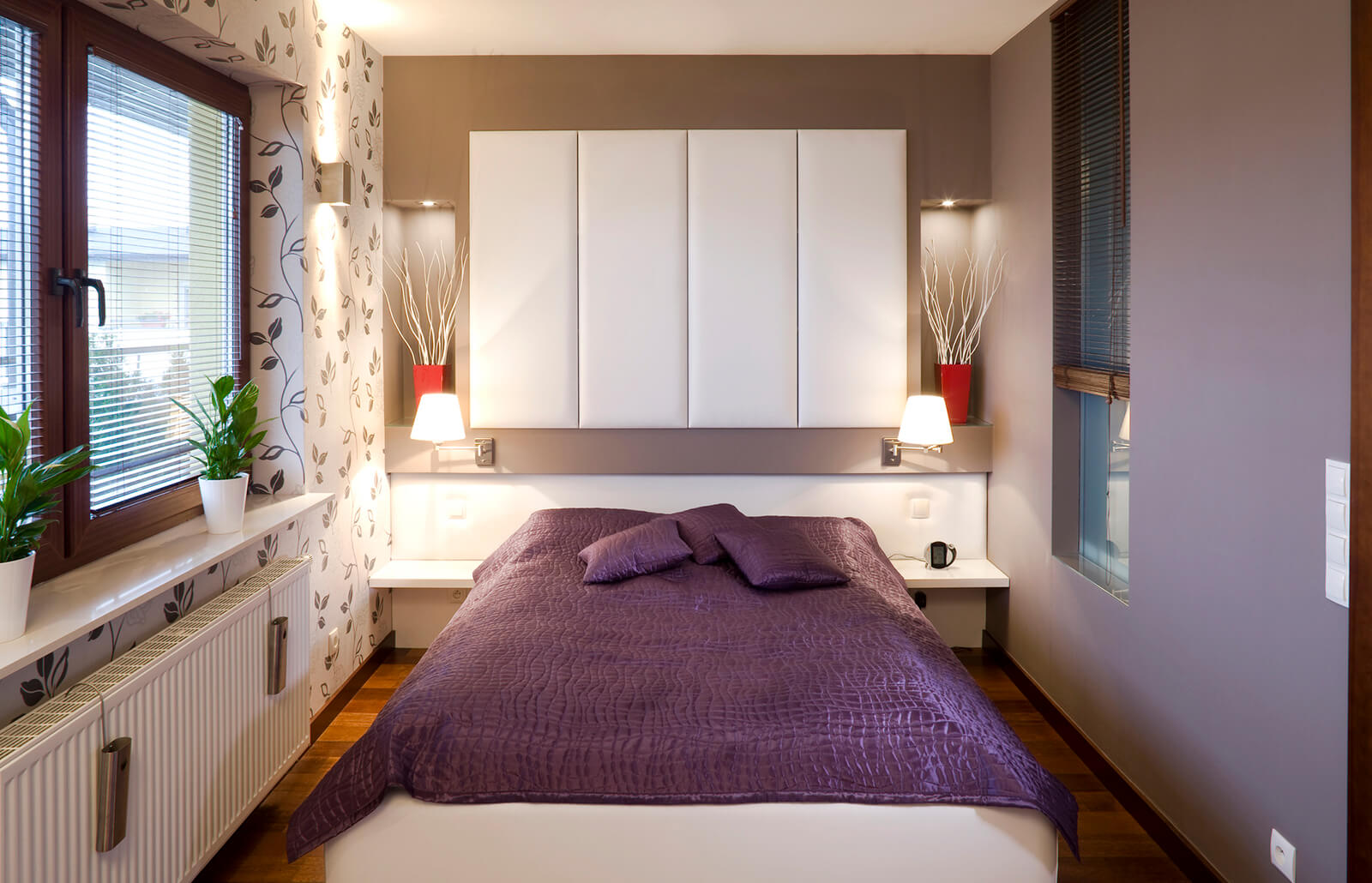
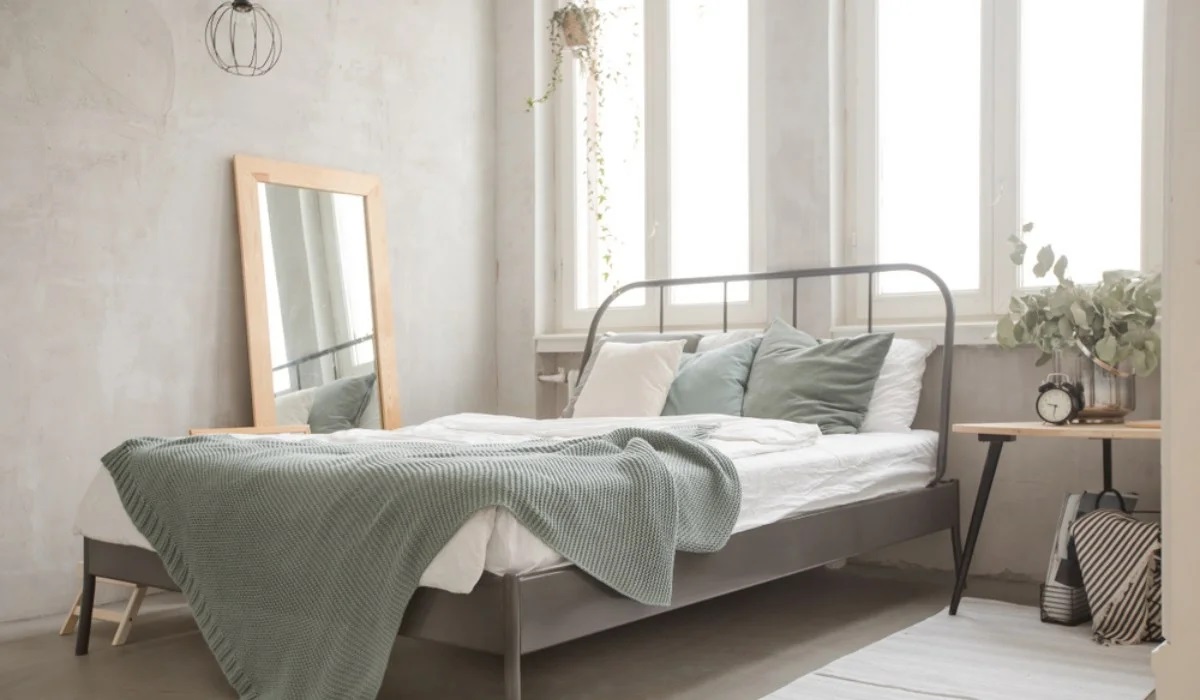
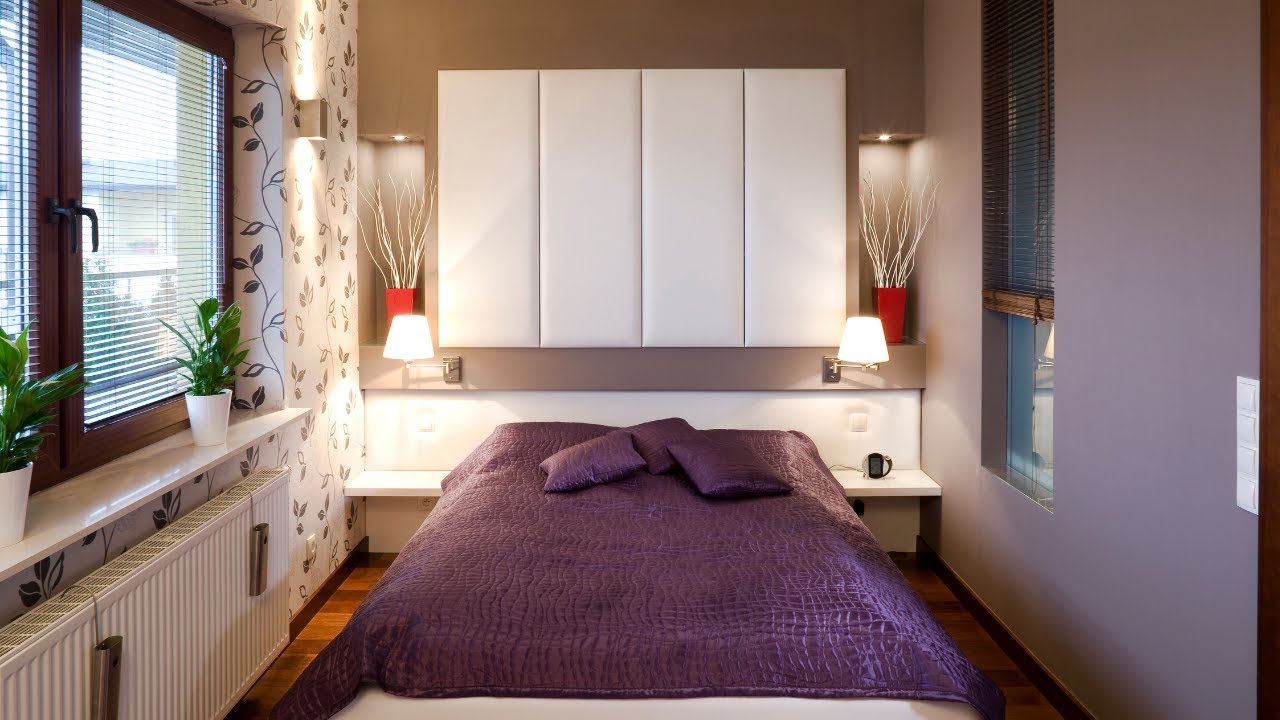
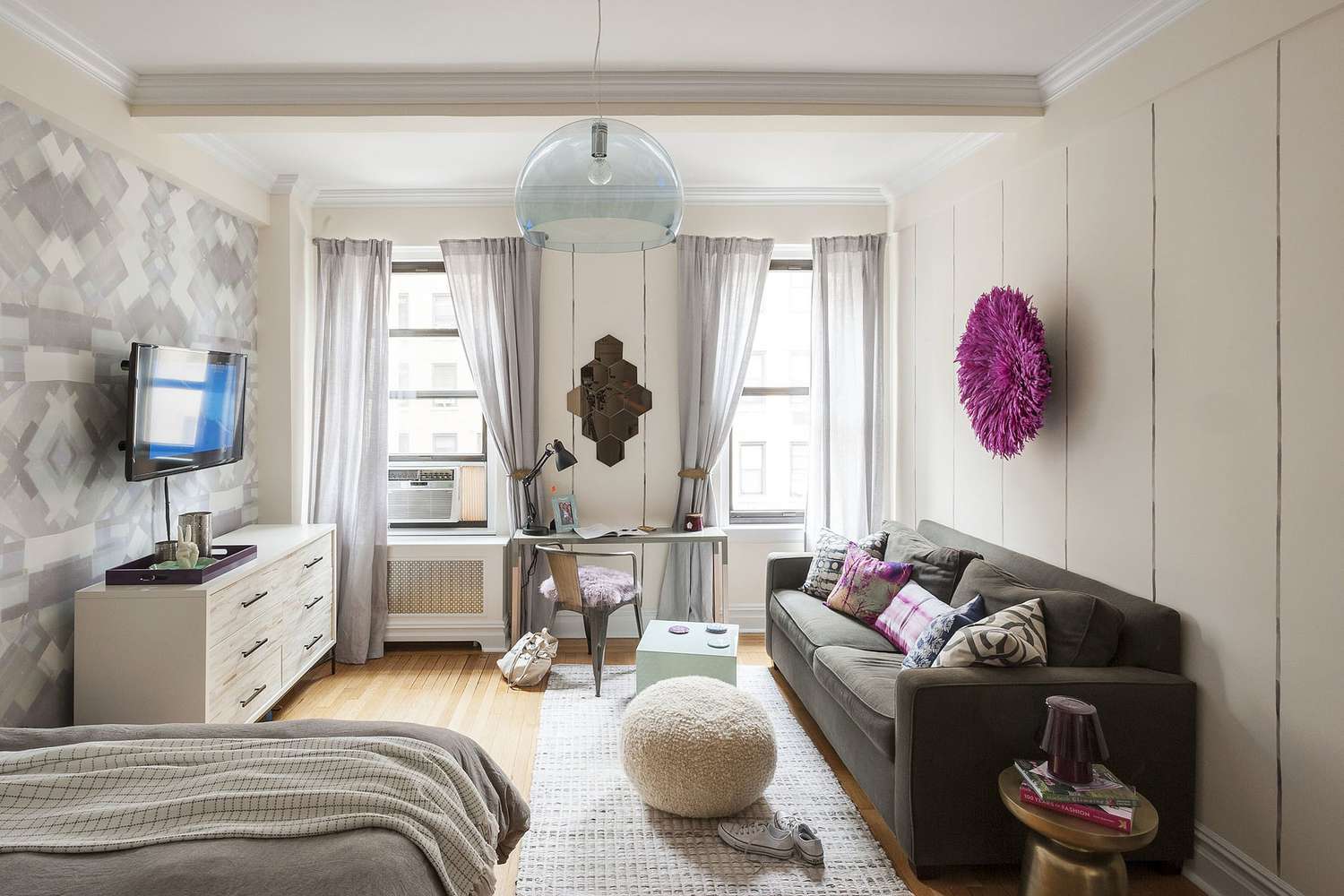
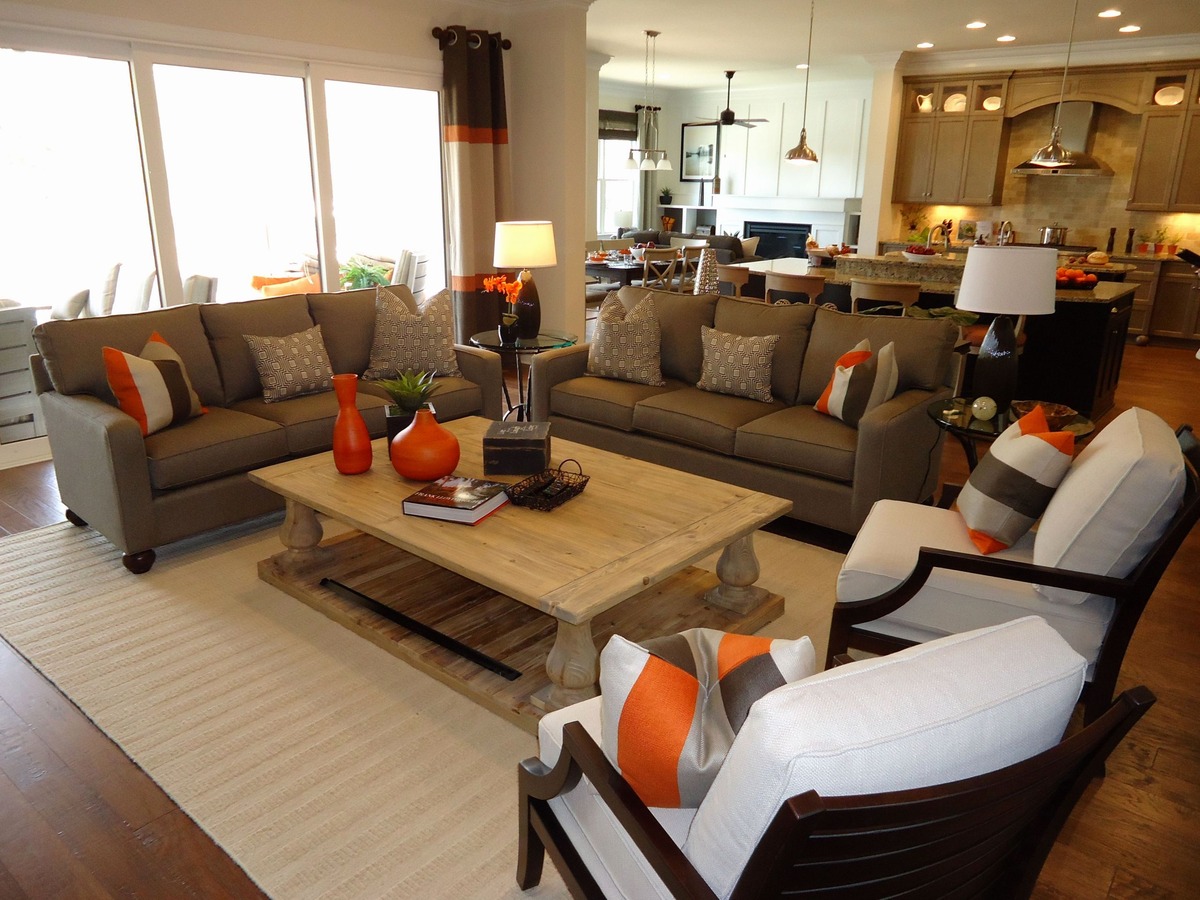
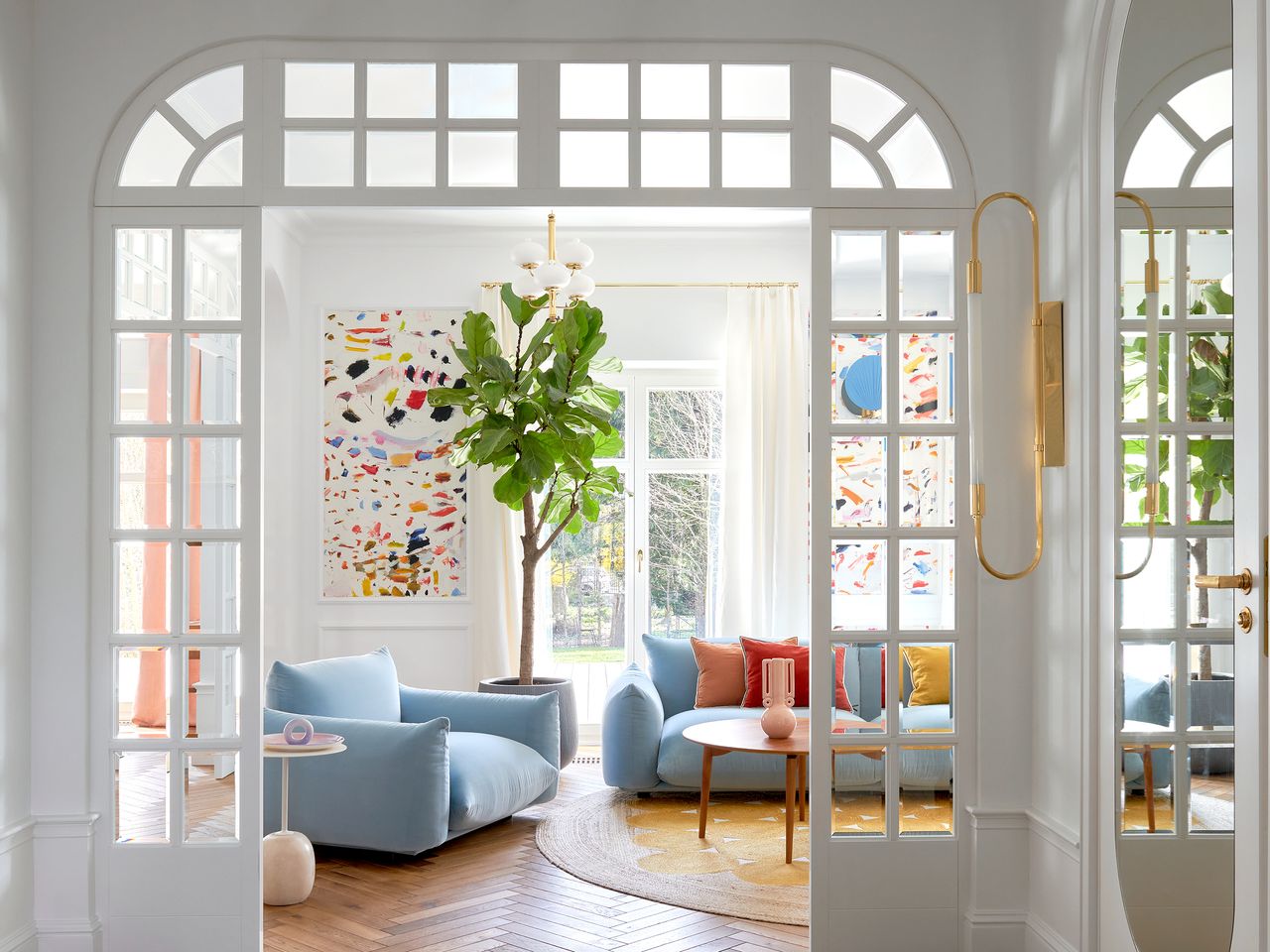
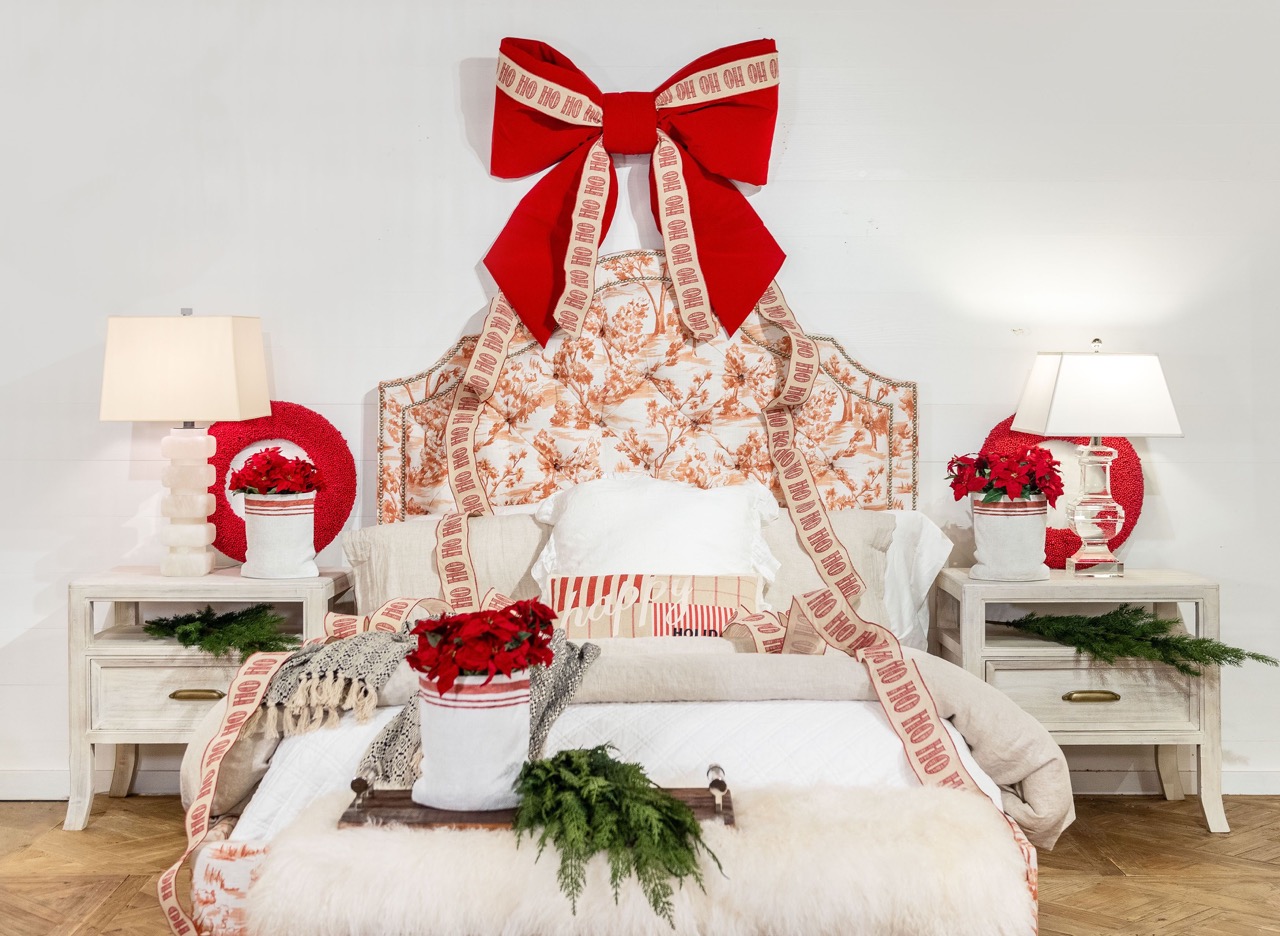
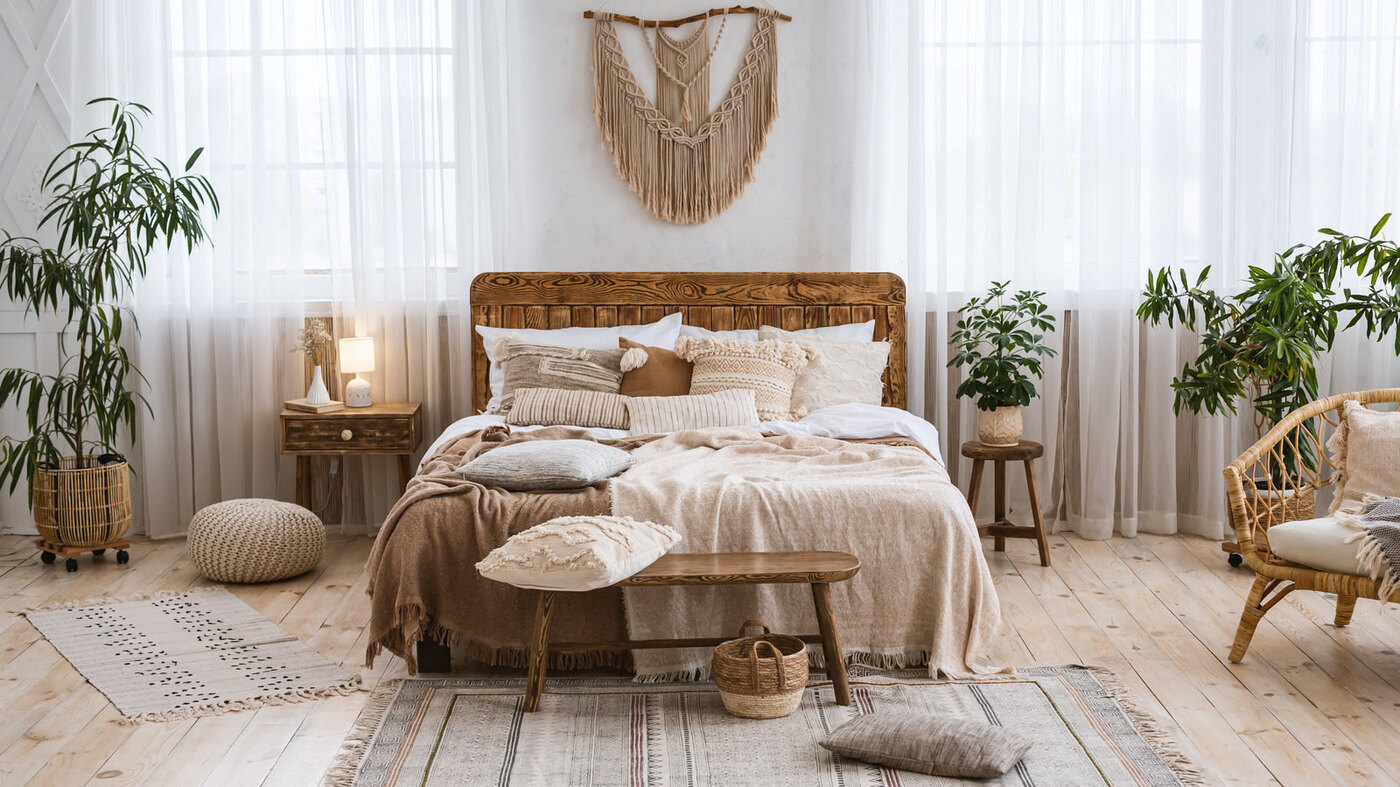
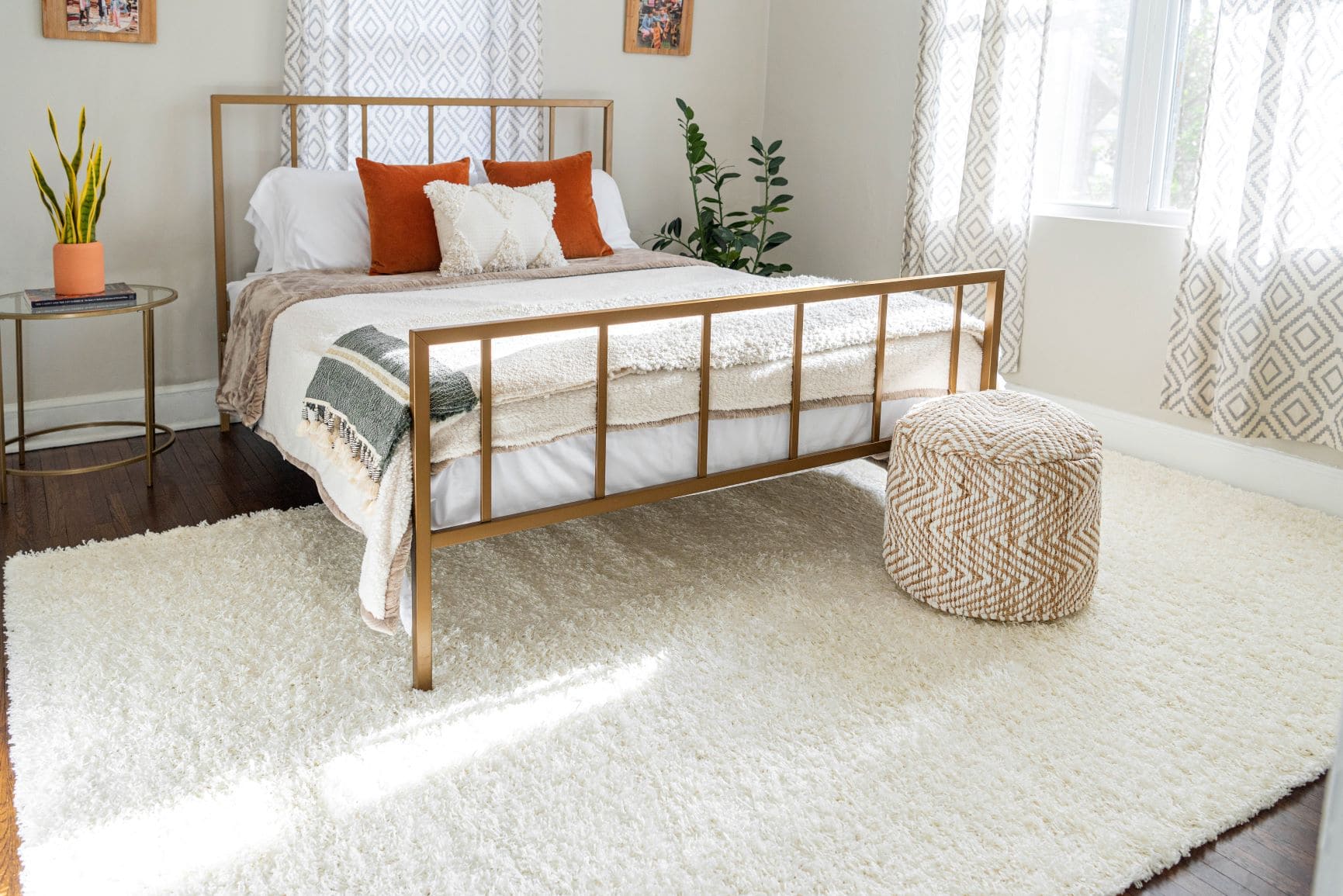
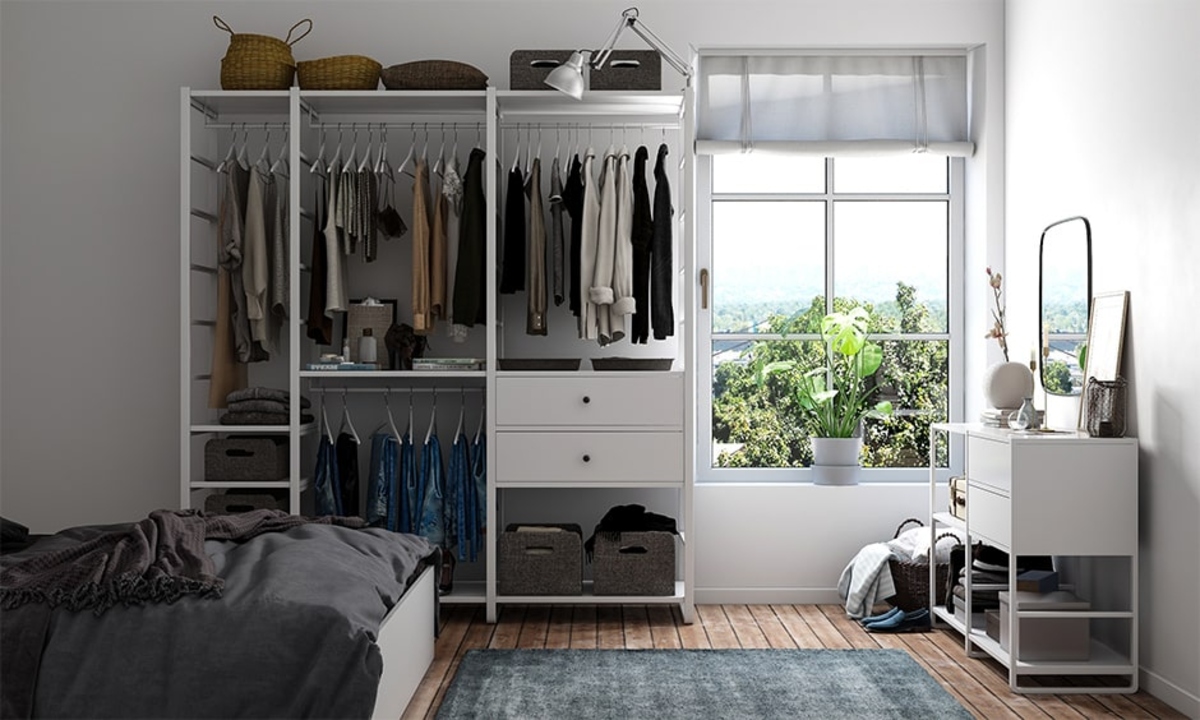
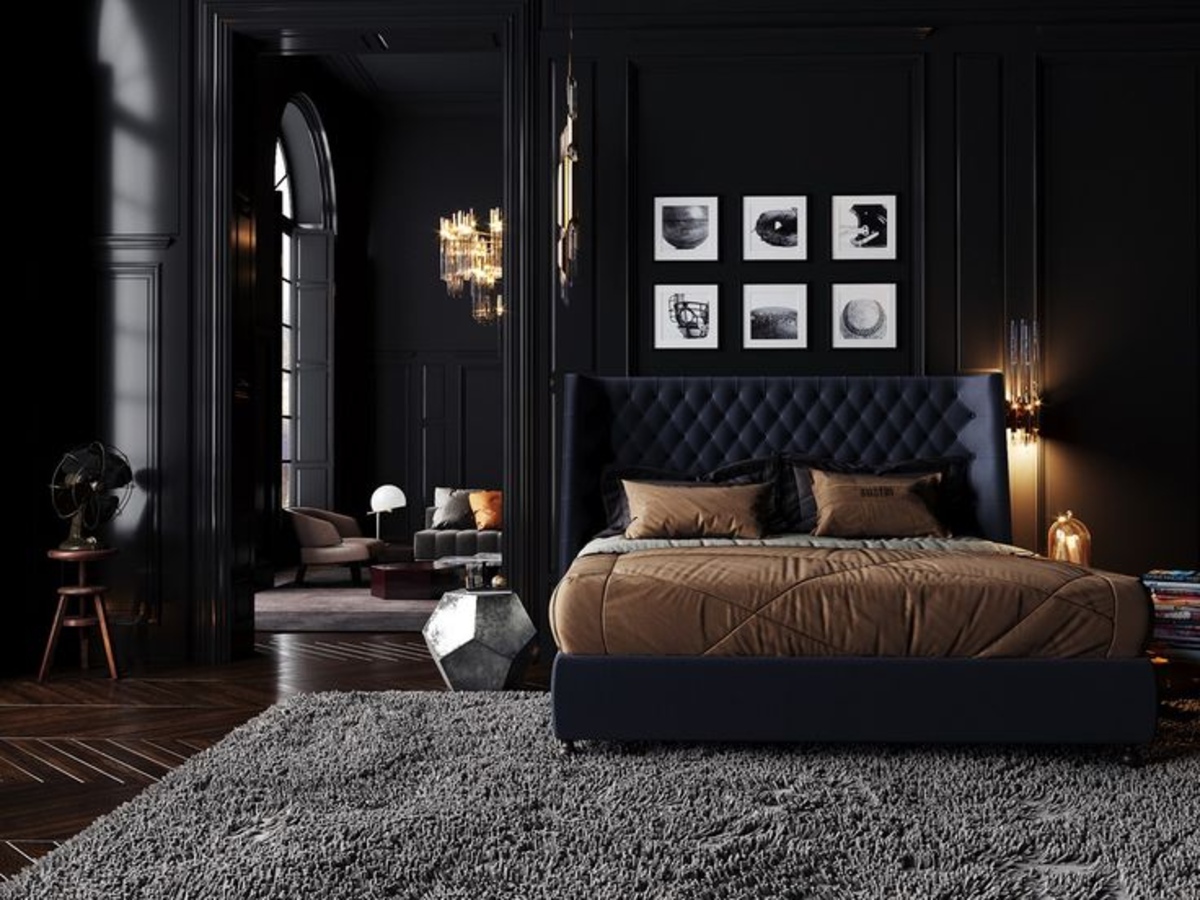
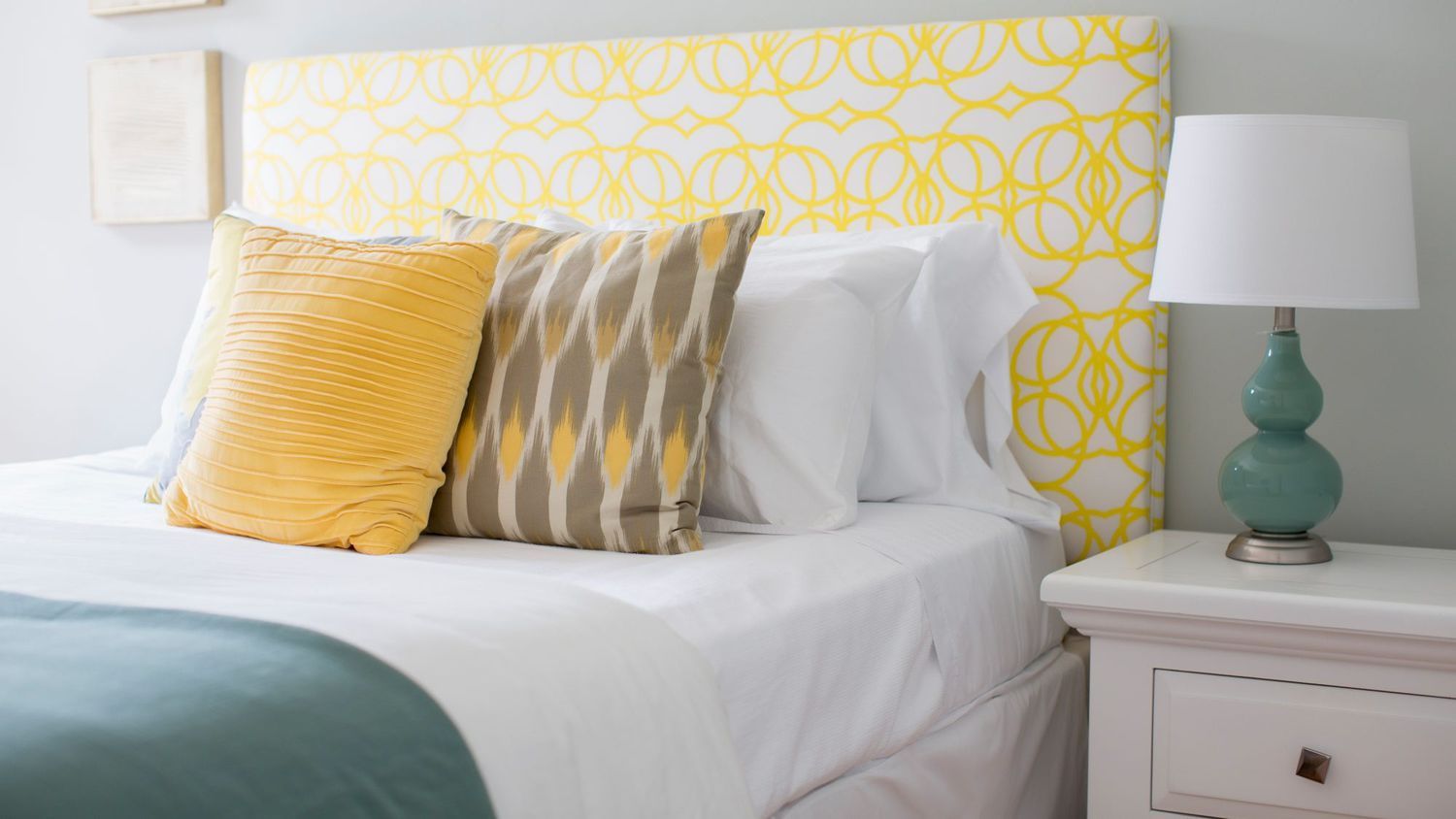

0 thoughts on “Small Bedroom Layout Ideas: 12 Ways To Arrange Your Space”